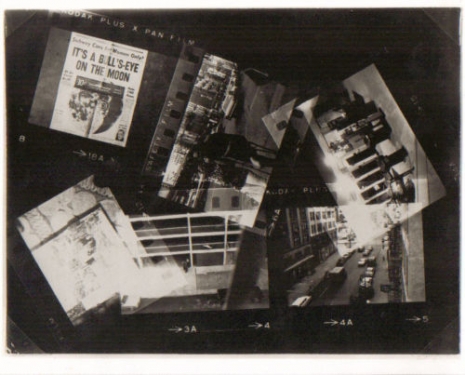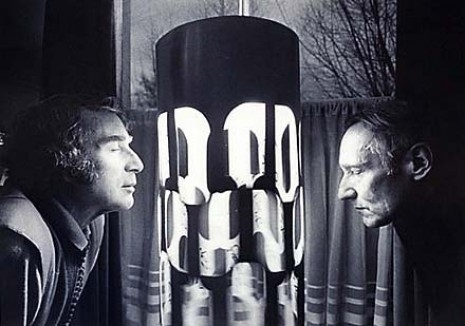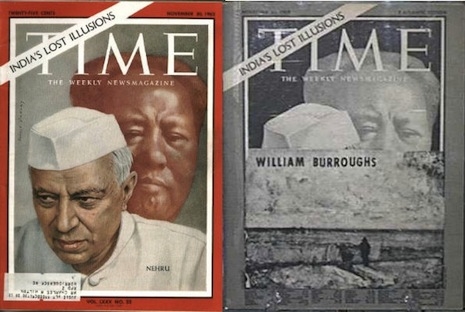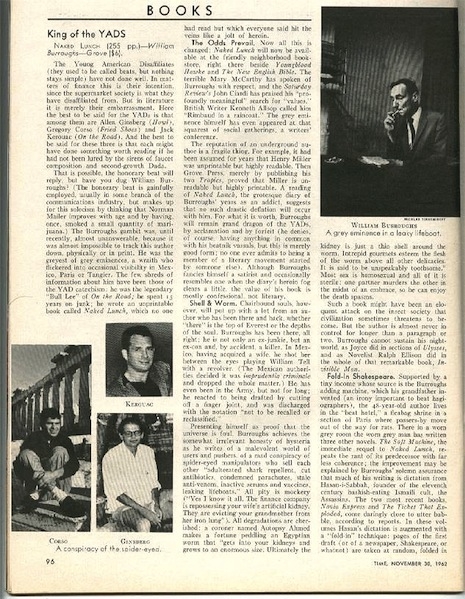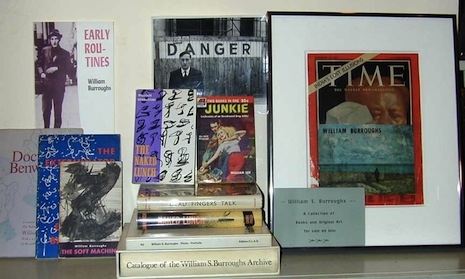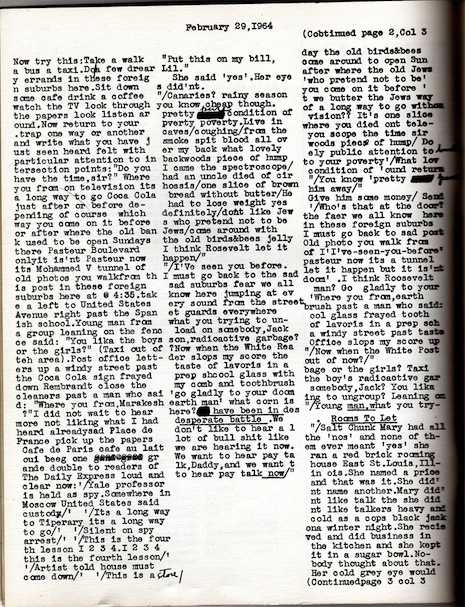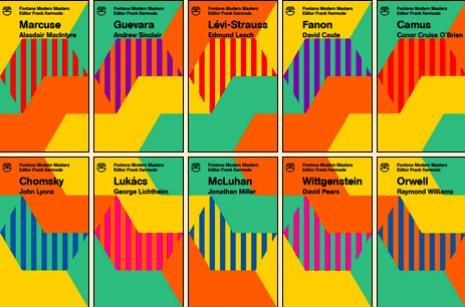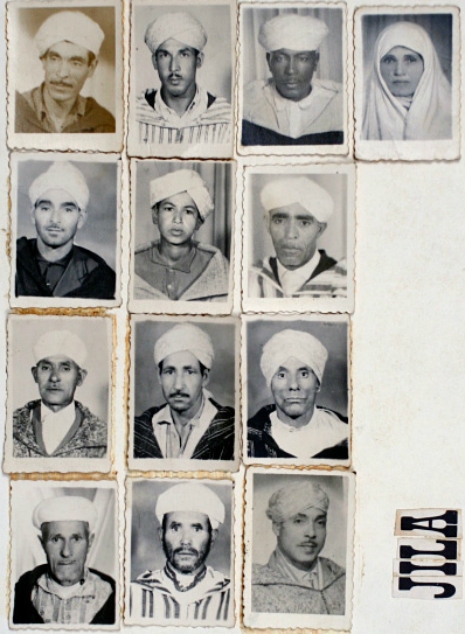
Part of Ira Cohen’s layout for the Jilala sleeve (via Granary Books)
Brian Jones Presents the Pipes of Pan at Joujouka was not the first album of Moroccan music inspired by the kif-smoking literary expats in Tangier. In 1964, Brion Gysin and Paul Bowles taped the Jilala brotherhood, a Sufi order whose ritual dance and music were supposed to exorcise evil spirits and heal the sick. The LP Jilala, released a year or two later by Ira Cohen, brought these recordings into limited circulation and preserved them for posterity.
Poet, musician, traveler, author of The Hashish Cookbook, and director of The Invasion of Thunderbolt Pagoda, Cohen was another Olympian of the arts who had joined Burroughs, Gysin, and the Bowleses in Tangier in 1961. (My old employer Arthur Magazine brought out Invasion of Thunderbolt Pagoda on DVD ten years ago, with new scores by Acid Mothers Temple and Sunburned Hand of the Man supplementing the original soundtrack by founding Velvet Underground drummer Angus MacLise.) Years before his psychedelic photo experiments with Mylar, Cohen edited the literary magazine Gnaoua, named after a form of North African religious music that’s related to but distinct from the Jilala’s.
It’s not entirely clear how Jilala is connected to another Paul Bowles recording project involving the same collaborators, time, and place. Bowles wrote Cohen in 1966 about donating the profits from something called the “Hypnotic Music record” to the Timothy Leary Defense Fund. In a footnote, the editor of Bowles’ letters says this refers to a compilation of Hamatcha, Jilala, Gnaoua, and Aissaoua trance music that was put together from tapes made separately by Bowles, Gysin, and Cohen and released by Cohen. However, the Independent reports that the Hypnotic Music record was an unrealized project, so perhaps Bowles’ editor has conflated it with Jilala, which Discogs lists as the sole release on Cohen’s Trance Records.
I would be delighted to be proven wrong about this. Does anyone have a copy of the Hypnotic Music record?
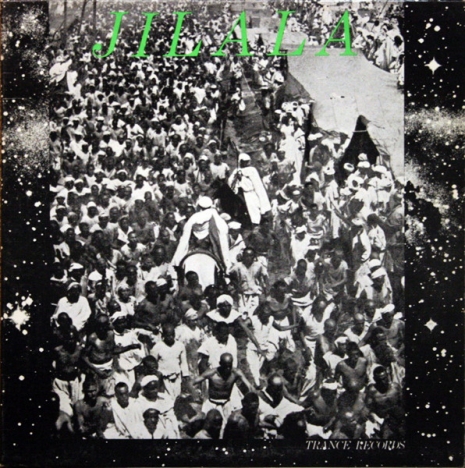
The cover of the original issue of Jilala
Before putting Jilala in your gym playlist, you should probably read Cohen’s liner notes (reprinted in full at Big Bridge and Discogs) so you know what you’re getting yourself into. The Jilala knew how to pitch a wang dang doodle with their flutes and drums. The bath salts of their day, these religious tunes have been known to make listeners eat live animals, slash themselves with knives, and drink boiling water straight from the kettle, as Cohen tells it…
More after the jump…







